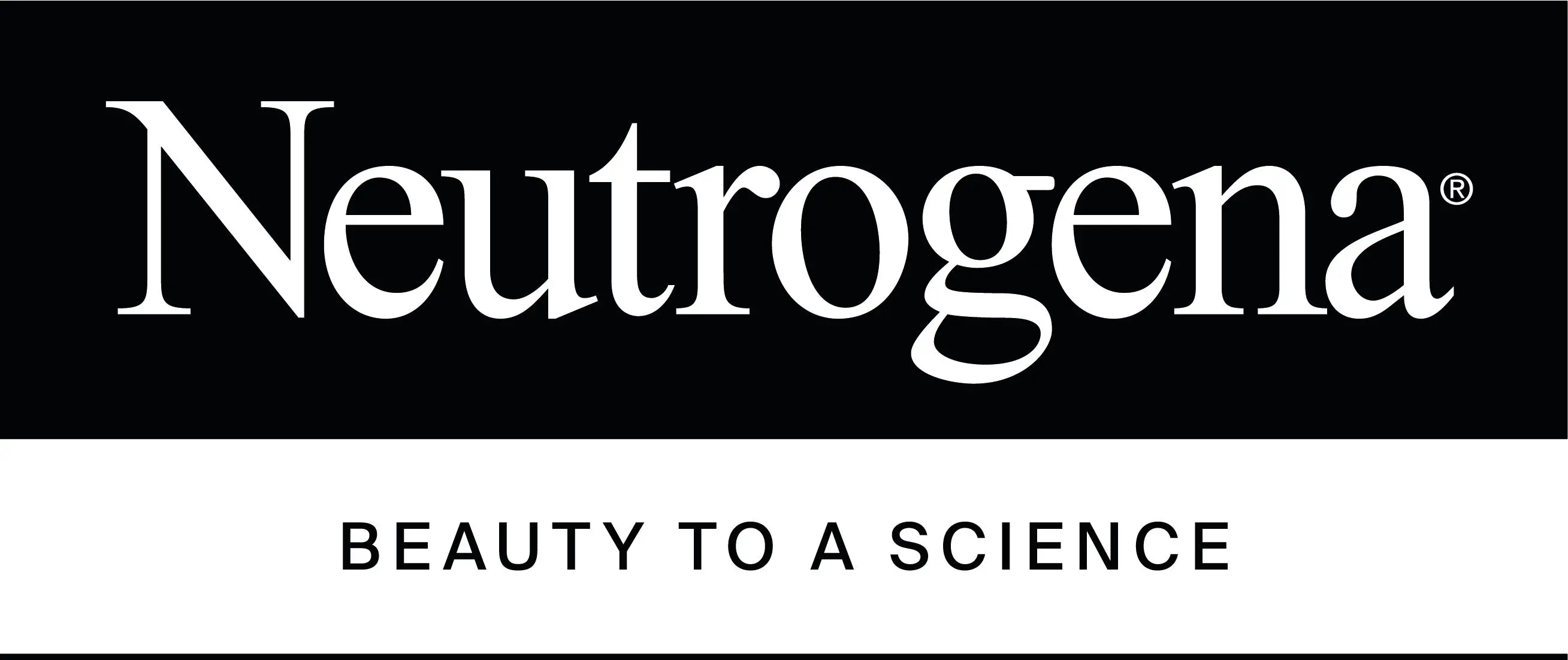Hyperpigmentation or dark spots on the skin are common conditions that are caused by exposure to a range of external or internal factors. Although it might be unpleasant for those who suffer from it, fortunately, hyperpigmentation is treatable.
Hyperpigmentation is the medical term used to describe patches of skin that are darker in color than the area surrounding them and could be a result of acne, sun damage, or a number of other factors.
Hyperpigmentation is usually a harmless condition. These darkened spots appear when an increased amount of melanin is produced in the skin. Melanin is the coloring factor in the skin and is responsible for several functions, such as skin and hair pigmentation and protecting the skin and the eyes from sunlight and its harmful rays. Hyperpigmentation can affect light and dark skin alike.
What causes this pigmentation to appear on the face?
The main factors that cause skin pigmentation are:
Hormonal changes, such as those that occur during pregnancy
Some medication, such as contraceptives
Sun exposure
Skin infections and acne
Skin Trauma
Some diseases, such as Addison's disease
How do you treat hyperpigmentation?
Hyperpigmentation can be treated according to its type and its cause. While hyperpigmentation can be attended to at home using homemade remedies or over the counter products, other causes might require professional help to get the result you want.
Here are the hyperpigmentation treatments that you can do at home or through a professional dermatologist or skin care provider:
1. Brightening Creams
Brightening creams are effective treatments for pigmentation on the face, although it may take some time to show results. Brightening creams, obtained by prescription, contain stronger ingredients and may give faster results. However, since it is easy to get effective brightening creams on the market, it is a popular choice for many people.
Brightening creams contain active pigment-reducing and skin-brightening agents and can be used on all skin types and colors. Brightening creams, like Neutrogena Bright Boost Gel Cream. Neutrogena Bright Boost Gel Cream contains patented Neoglucosamine, which helps to boost surface cell turnover by 10 times. This rids the skin of dull skin and improves the appearance of discolored spots for brighter and more even skin tone in just one week. Neoglucosamine also helps to reduce melanin production and dark spots.
There are also brightening creams that you can use to provide your skin with sun protection along with reducing the dark spots or pigmentation on the face, like Neutrogena® Bright Boost Gel Fluid SPF 30. These creams stimulate the skin's natural renewal process and nourish the skin with antioxidants and vitamins C and E.
2. Chemical peels
Peeling can be done by a dermatologist or at home with peeling products that you can get over the counter. It is very important to use sunscreen and avoid exposure to the sun after using a chemical peel as it increases the sensitivity of the skin to sunlight and may exacerbate hyperpigmentation and be counterproductive.
3. Cryotherapy
Cryotherapy can be used to freeze and remove abnormal tissues. It is frequently used to remove warts and skin tags and is one of the treatments used by a dermatologist to get rid of hyperpigmentation.
4. Microdermabrasion
Microdermabrasion is a gentle scrub that is used to remove dead cells from the outer layer of the skin. It is also used to remove thick or uneven skin layers to help rejuvenate the skin and get rid of dark spots and sun damage and can be obtained at a dermatology clinic or skincare center.
5. Intense pulsed light (IPL)
Intense Pulsed Light (IPL) is a non-invasive treatment that uses high-intensity pulses of visible light to improve skin imperfections, such as freckles, wrinkles, aging lines, and more.
If you are dealing with hyperpigmentation, know that you are not alone. Many useful treatments and products have been developed to treat this condition. Do not forget that the use of skin-nourishing moisturizers and sunscreen is essential to reduce dark spots and prevent potential pigmentation on the face.

